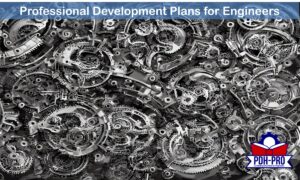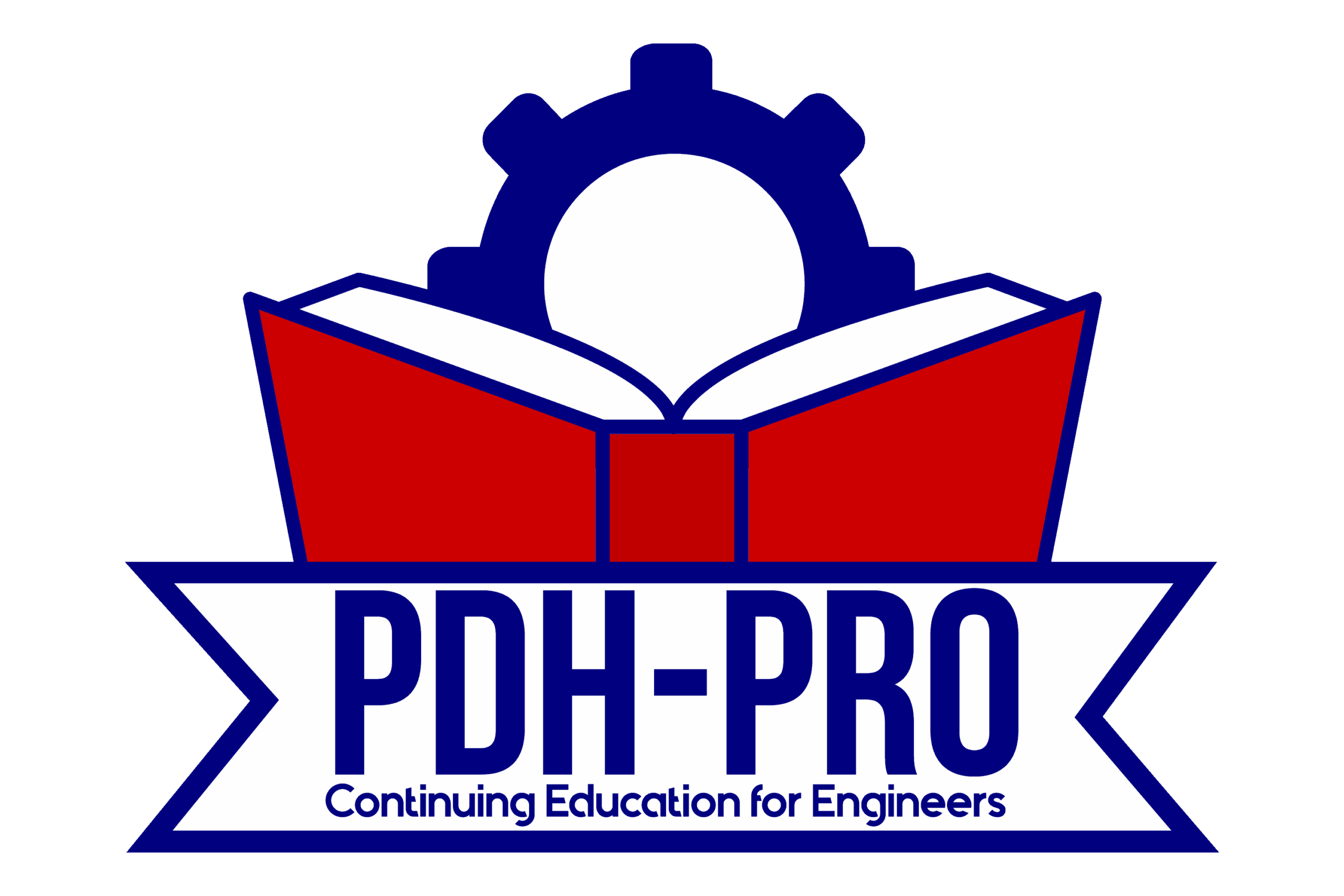Key Benefits of Professional Development Planning for Engineers
The primary objective for any professional development plan (PDP) is to improve the individual’s ability to learn. A well-designed PDP can allow the individual to understand their learning process, know the objective of the learning process, and acquire the skills to review, plan, and evaluate their own learning. Through these objectives, professional development plans designed for engineers can give many advantages, such as:
- Understanding how they learn new knowledge and skills, and how to relate their learning to the wider context
- Becoming a more functional, self-directed learner by improving independent learning and confidence
- Improving one’s general engineering skills and abilities for study and career
- Defining and expressing personal goals, planning how to achieve these objectives, and evaluating progress towards these objectives
- Establishing a positive attitude on how to learn and how to develop the individual’s self as a whole
Before choosing a professional development course, it is important for engineers to consider a PDP, which can help to ensure that you have carefully considered your options and understand how they will help you on the path toward your career objectives.
Benefits of Professional Development Planning for Engineers
Professional development planning is a process that primarily consists of four important aspects:
- Evaluating where you are professionally, including the knowledge and skills you already possess, and what knowledge and skills you need to improve
- Assessing your career and your professional objectives
- Defining a plan of how you will accomplish your objectives
- Developing a timeline with goals for meeting each objective
In short, a professional development plan can help you plan the ‘journey’ of your professional career by knowing your starting line, your end goal, and the places you wish to visit during the journey. The idea is to plan the most efficient route to reach the finish line, while taking account of the available resources you have.
Since your professional career is a long-term journey and not a quick trip, periodically evaluating whether you are still on the right track to achieve your goals is also an important aspect of the professional development plan. By being aware of what you are doing and whether you are ‘on course, you increase your chance to achieve your objective. Good planning is half the battle.
1. Evaluating Your Abilities
This section essentially involves asking, “Where am I now?” along with identifying the skills, knowledge, and abilities you currently possess. This step may include, but not be limited to:
- Knowing the range of knowledge, abilities, skills, and experience you have at the moment
- Analysis of your current strengths and weaknesses in your current role (and future roles)
- Identifying the opportunities and threats you face at the moment
You can begin this step by identifying the resources you have now, beginning with academic qualifications (formal and informal), recent feedback from your peers and superiors, client or customer feedback, your work appraisal, your portfolio, and so on. You may also want to consider sources that aren’t directly related to your academic or professional circles.
Collect as much evidence as you can from as many possible resources. The idea is to assess how different people and institutions rate your abilities—including your weaknesses.
Understanding your own strengths and weaknesses may seem like a daunting task, but this knowledge will help you save time, money, and effort by allowing you to direct your focus to the most crucial areas first.
Read our article on leveraging professional competency requirements to optimize your career progression.
2. Identifying Professional Goals
In the previous step, our focus is to evaluate our current situation. In this step, on the other hand, our focus is to identify future career and professional goals, essentially asking, “Where do I want to go?”
To identify these goals and objectives, often the most important consideration is to figure out the balance of your priorities between work and life. This can be done by defining your values and priorities, including:
- Being in charge and having authority
- Doing things for others
- Making your own decisions
- Doing what is socially correct and accepted by others
- Being famous, important, and admired
- Being treated with consideration by those around you
By knowing what’s truly important to you (you can have more than one), you can set your priorities straight. After that, you can start defining long-term and short-term goals. Following are some examples of practical long and short-term goals that are well worth planning for.
Professional short-term goals:
- A post-graduate degree or doctorate
- Promotion in your current job
- Moving to a better-paying institution or company
- Professional registration
- Getting married in the next x years
- Buy a house or a new car in the next x years
Professional long-term goals:
- Long-term financial security
- A new career with a great work environment
- Becoming a subject matter expert
- Establishing your own engineering company
- Retiring by the time you are x years old
Even if you already have a professional path planned, it’s always worth it to re-evaluate your career objectives periodically.
3. Identifying Opportunities and Career Plans
After you’ve defined your career goals, your next step is to answer the question, “How I will get there?”
The main principle behind this question is to identify opportunities that are realistic according to your abilities (as evaluated in step 1). These opportunities must also help you to achieve your objectives/goals (as discussed in step 2). Possibly, return to college for a second degree or a graduate degree.
Fortunately, there are now various tools that can assist you in finding career opportunities. Use them to your advantage.
4. Develop a Timeline
In this stage, you will have already evaluated where you are today and determined the end goal of your journey, and you are now equipped with stronger insights into how you can achieve your objectives. This will involve considering these factors:
- Stating what you need to do to achieve each objective (be specific and realistic)
- Making an action plan, such as a detailed schedule of a typical week, identifying the most ideal and worst times for study, your daily timetable, and so on
- Defining what resources can help you in achieving your objectives. This can be a mentor, friend, spouse, financial resources, useful information, valuable certifications or courses
- When can you use these resources and take certain actions
Based on previous evaluations, you will now be able to develop a working timeline on how you are going to improve your career, allowing you to track measurable project ad make future goals with your objectives in mind..
Conclusion
In this article, we learned about the professional development plan. We’ve properly defined our professional career objectives, assessed our current skills and abilities, and explored the potential resources we can use to achieve these objectives. By using this information, we can create a professional development plan as our roadmap to achieve success.
It’s important to know that the professional development plan is often not a one-time thing, but that you may need to periodically reevaluate your plan and adjust your strategy when necessary. Ultimately, a carefully considered PDP will benefit any engineer or working professional in setting, maintaining, and reaching their career goals to rise above the rest.
